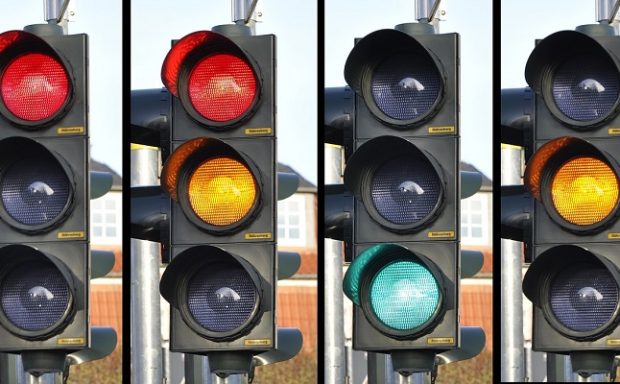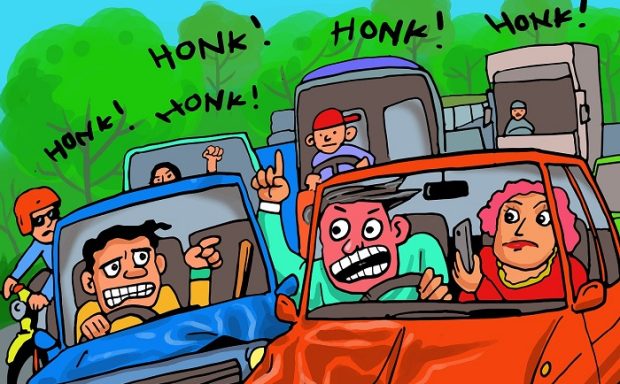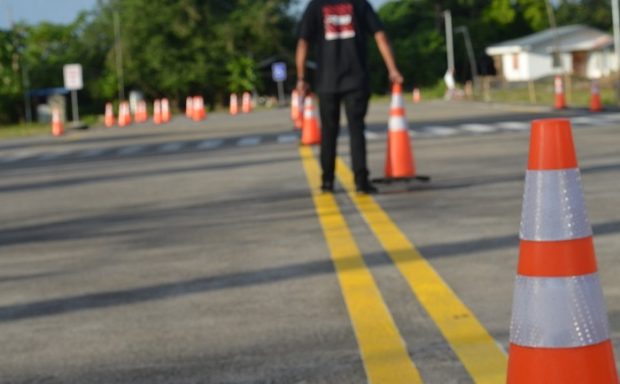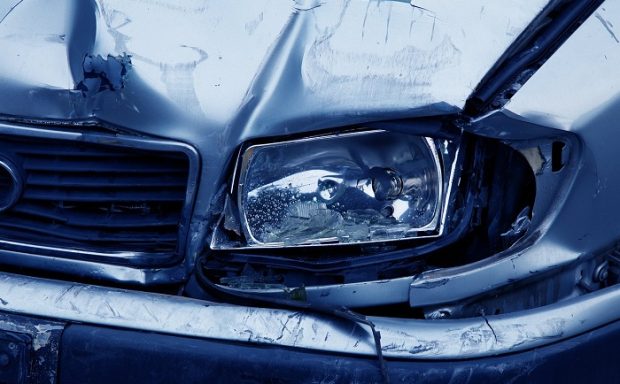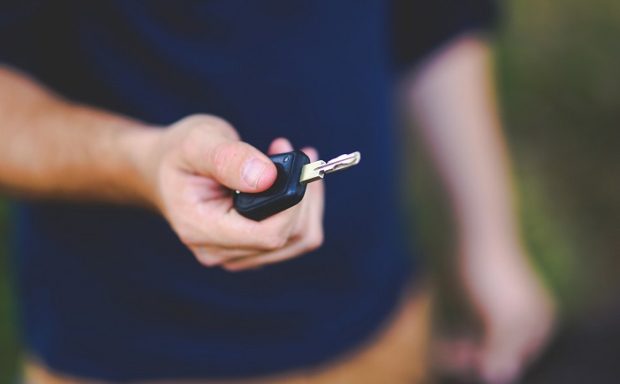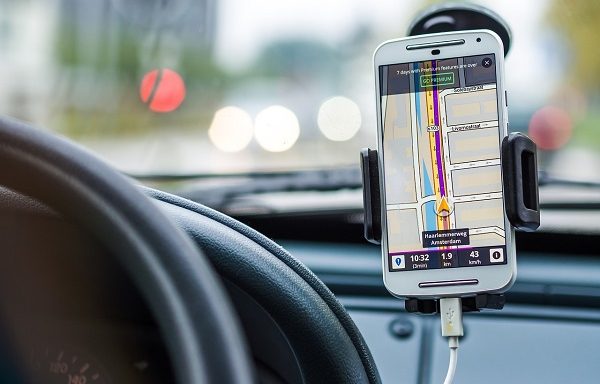Distracted driving is a growing concern on roads worldwide. It refers to the act of performing activities unrelated to driving while operating a vehicle. The increasing prevalence of smartphones and other technology has made it easier for drivers to get distracted, but it’s not just technology that contributes to distracted driving. In this article, we will examine some common causes of distracted driving and discuss ways to avoid them.
Using Mobile Phone: One of the most significant causes of distracted driving is the use of mobile devices while driving. Whether it’s texting, checking social media, making a call or even using GPS navigation, all of these activities take the driver’s attention away from the road and can have deadly consequences. It only takes a split second for an accident to occur, and when the driver is distracted, reaction times are slowed, increasing the likelihood of an accident.
You may also read: Indiana Defensive Driving Program: Know all the Details
Eating and Drinking While Driving: Another common cause of distracted driving is eating or drinking while driving. While it may seem like a quick and convenient way to get a snack while on the go, eating while driving can be distracting and dangerous. Spilling hot liquids, trying to find dropped food, or even simply trying to hold a sandwich or drink while steering the wheel can all lead to taking the driver’s eyes and attention away from the road.
Feeling Drowsy: Driving while feeling drowsy is another form of distracted driving. When a driver is tired, they may struggle to concentrate and pay attention to the road, which can lead to them missing important information or making driving errors. Drowsy driving can also impair judgement and reaction times, making it even more dangerous.
You may also read: Indiana Driver Safety Program
Due to Co- passengers Fault: In some cases, passengers can also contribute to distracted driving. If passengers are talking loudly, arguing or playing games, it can distract the driver and take their attention away from the road. Children in the back seat can also be distracting, whether it’s because they are crying, fighting or simply asking for attention.
Now that we’ve looked at some common causes of distracted driving, let’s explore some ways to avoid these distractions while behind the wheel. Firstly, it’s essential to minimize phone use while driving. This means putting your phone on silent or in the glove compartment so that it’s not tempting to check it while driving. If you need to use your phone, it’s essential to pull over to a safe location before using it.
You may also read: 7 Driving Techniques to Improve Visibility on the Road and Stay Safe
To avoid eating and drinking while driving, it’s best to plan ahead and eat before getting into the car. If you’re feeling hungry on a long journey, try to stop and take a break, rather than eating in the car.
If you’re feeling drowsy, it’s essential to take a break and get some rest. If possible, switch drivers or take a nap in a safe place. Alternatively, drinking a caffeinated drink or opening the windows to get some fresh air can help to keep you awake and alert.
Finally, if you have passengers in the car, ask them to be mindful of the fact that you are driving. Encourage them to be quiet or entertain themselves in a way that doesn’t distract you. If necessary, remind them that safety should always be the top priority.
You may also read: 5 Reasons Why You Should Love Handsfree Audio Defensive Driving?
In conclusion, distracted driving is a significant problem on roads worldwide, and it’s essential to be aware of the common causes of distraction and to take steps to avoid them. By minimizing phone use, avoiding eating and drinking while driving, getting enough rest, and being mindful of passengers, drivers can help to reduce the risk of accidents and make our roads safer for everyone. So next time you’re behind the wheel, ask yourself, “Am I contributing to distracted driving?” and take action to avoid it.
Ready? Let’s go! Register Now!


